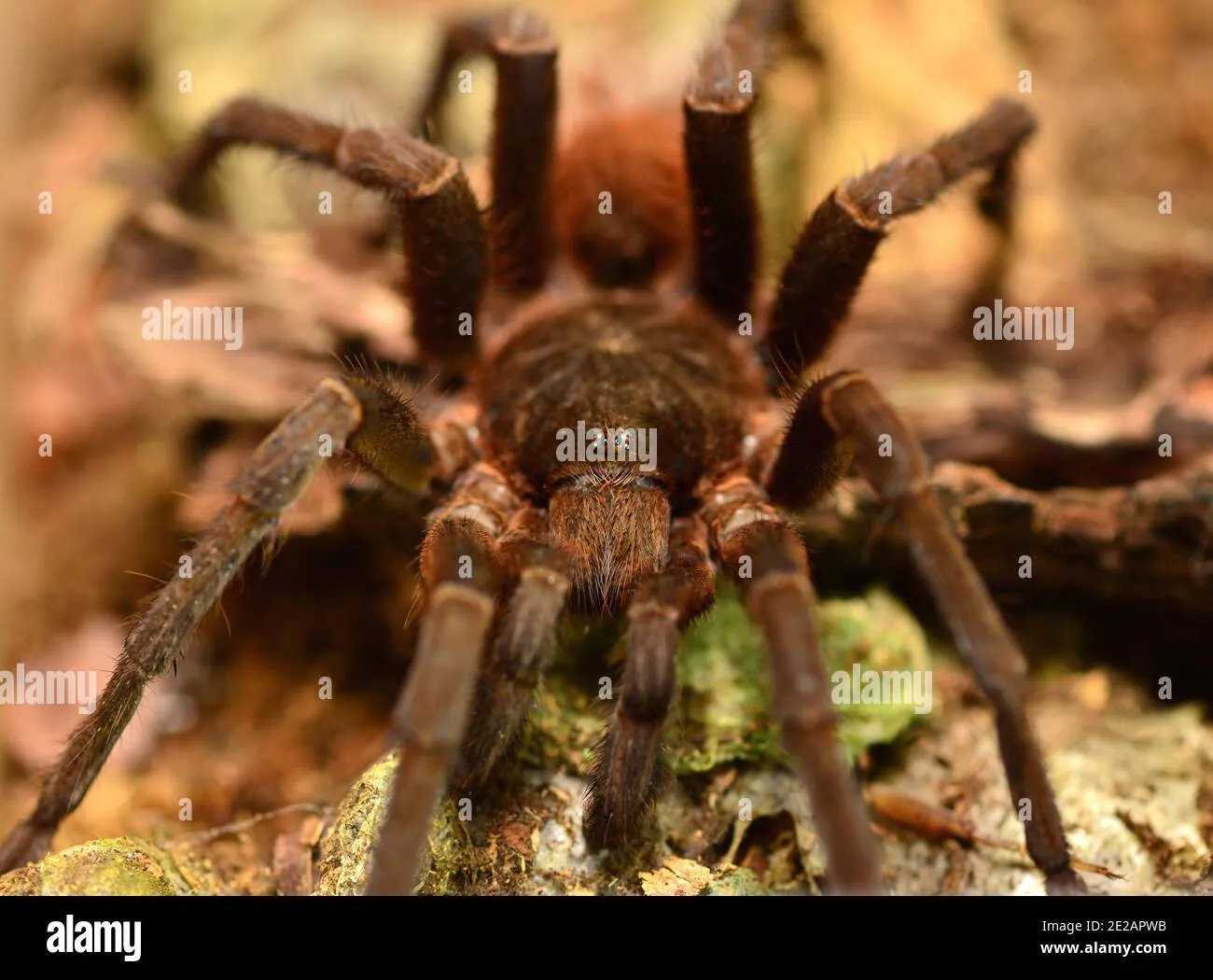Understanding the Orange Mouth Tarantula
The Orange Mouth Tarantula, scientifically known as Brachypelma boehmei, is a captivating species highly sought after in the pet trade. Native to the arid regions of Mexico, this tarantula stands out due to its vibrant coloration, particularly the orange hairs and mouthparts. Keeping an Orange Mouth Tarantula can be a rewarding experience for those willing to provide the necessary care and attention. This ultimate guide will delve into every aspect of caring for your Orange Mouth Tarantula, from habitat setup and feeding to handling and health, ensuring your pet thrives in a safe and enriching environment.
Origin and Habitat
Understanding the natural habitat of the Orange Mouth Tarantula is crucial for replicating it in captivity. These tarantulas are primarily found in the tropical deciduous forests of the Pacific coast of Mexico. They inhabit burrows, often under rocks or amongst the leaf litter. The climate in these regions is characterized by distinct wet and dry seasons. Replicating these environmental conditions in your tarantula’s enclosure is vital to its health and well-being. It involves providing the correct substrate, temperature gradients, and humidity levels, which mimic their natural environment.
Identifying Characteristics

The Orange Mouth Tarantula is known for its striking appearance. Adults typically have a carapace and legs that are a deep black or dark brown color, contrasted by vibrant orange hairs on their abdomen and legs. The most distinguishing feature is, of course, the orange coloration around the mouthparts. They are a medium-sized tarantula, with females typically growing larger than males, reaching up to 6 inches in leg span. Recognizing these characteristics will help you identify your tarantula and differentiate it from other species.
Creating the Ideal Habitat
A well-designed habitat is critical for the Orange Mouth Tarantula’s health and happiness. The enclosure should provide a secure, comfortable environment that meets the tarantula’s needs in terms of space, temperature, humidity, and enrichment. This includes selecting the appropriate size enclosure, substrate, decor, and maintaining optimal environmental conditions to mimic their natural habitat. Providing an ideal habitat not only improves the spider’s quality of life but also reduces stress and promotes natural behaviors.
Choosing the Right Enclosure
The size of the enclosure should be appropriate for the tarantula’s size. A good rule of thumb is to provide an enclosure that is at least twice the tarantula’s leg span in width. For juveniles, a smaller enclosure is suitable, allowing them to feel secure. As they grow, they will need larger enclosures. Ensure the enclosure has a secure, escape-proof lid. Glass or acrylic enclosures are ideal, but make sure there is adequate ventilation to prevent the buildup of excess humidity and stale air. Consider the long-term needs as your tarantula grows and plan accordingly by sizing the initial enclosure to facilitate future growth.
Substrate and Decor
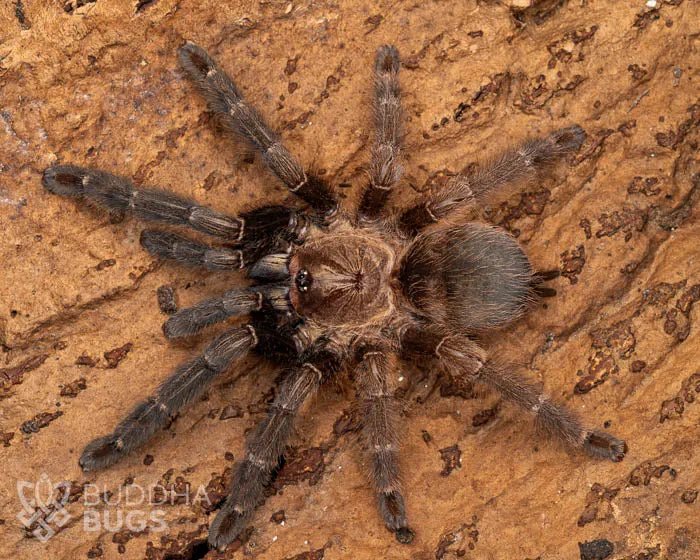
The substrate should provide a natural environment that allows the tarantula to burrow. A mix of peat moss, coconut fiber, and a bit of vermiculite is excellent for holding moisture and allowing the tarantula to dig. The substrate should be deep enough to accommodate burrowing behavior, typically 4-6 inches. Add decorations such as a hide or cork bark to provide shelter and a sense of security. Artificial or live plants can also be added to provide a more naturalistic environment, but avoid plants that could potentially harm the tarantula. Maintaining a clean substrate is crucial for preventing mold growth and maintaining good hygiene within the enclosure. (Image: orange-mouth-tarantula-substrate.webp)
Temperature and Humidity
Maintaining the correct temperature and humidity levels is essential for the Orange Mouth Tarantula’s well-being. The ideal temperature range is between 75-85°F (24-29°C). A heat lamp or a heating pad placed on the side of the enclosure can help maintain this temperature. Avoid placing the heat source directly beneath the enclosure. Humidity levels should be kept between 60-70%. You can monitor humidity using a hygrometer. Misting the enclosure lightly with water once or twice a week can help maintain these humidity levels. Ensure good ventilation to prevent the buildup of excess moisture, which can lead to mold growth and other health issues. Regular monitoring and adjustments are required to maintain the optimal environment.
Feeding Your Orange Mouth Tarantula
Feeding your Orange Mouth Tarantula is an important part of its care. Providing the appropriate diet and feeding schedule ensures the tarantula receives adequate nutrition for growth and overall health. Understanding the tarantula’s dietary needs, the types of food to offer, and the right feeding frequency is essential to keep it healthy and thriving. Overfeeding can lead to health issues, while underfeeding can hinder growth. Maintaining a consistent feeding routine is crucial for the well-being of your tarantula.
What to Feed
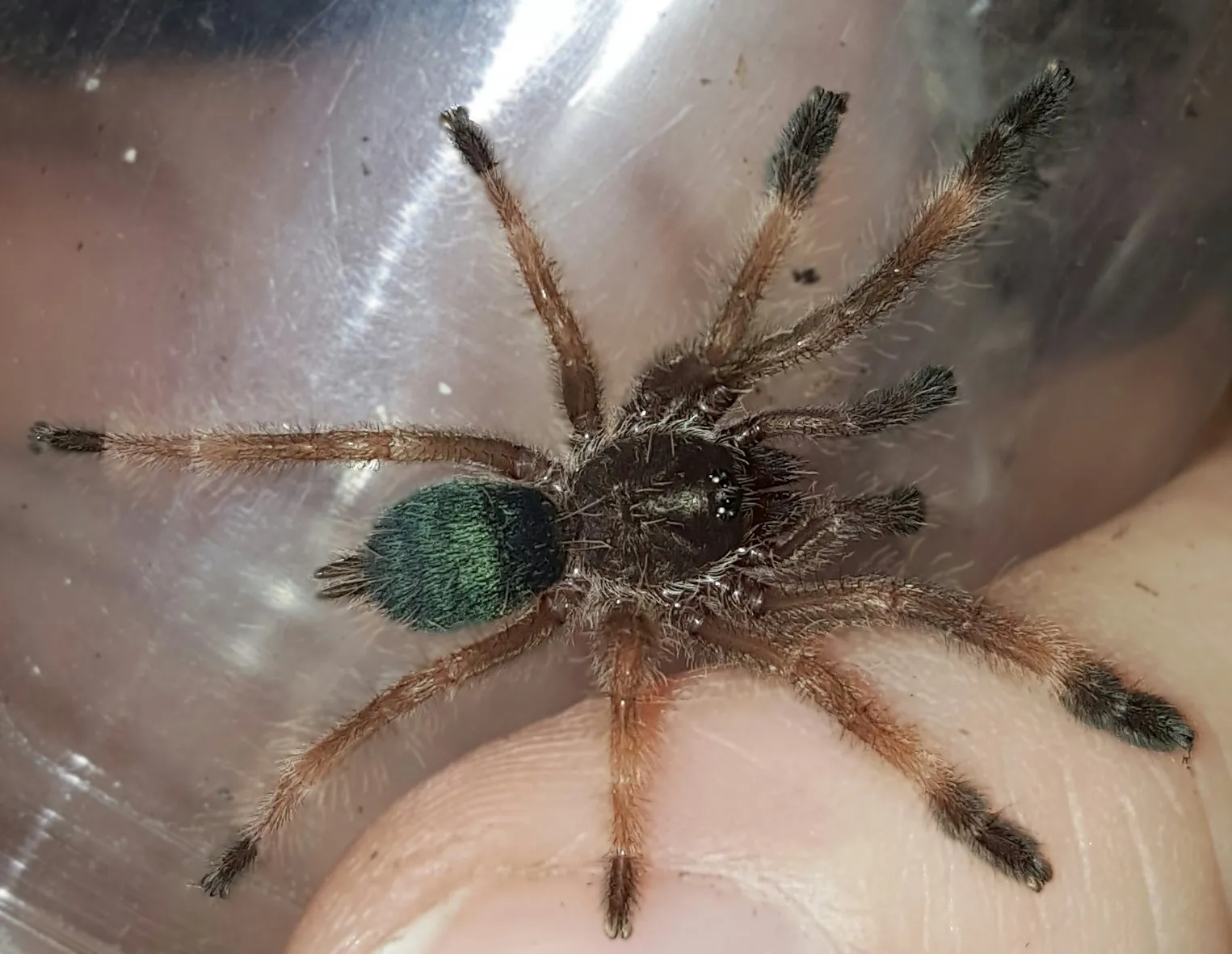
The Orange Mouth Tarantula is a carnivore and primarily feeds on insects. Crickets, mealworms, and dubia roaches are excellent choices for feeding. The size of the prey should be appropriate for the tarantula’s size. As a general rule, prey should be no larger than the tarantula’s body length. Offer a variety of insects to provide a balanced diet. You can also provide pre-killed prey, especially for young tarantulas, to minimize the risk of bites during the feeding process. Always ensure the insects are gut-loaded with nutritious food before feeding them to your tarantula to maximize their nutritional value. (Image: orange-mouth-tarantula-feeding.webp)
Feeding Frequency
Feeding frequency depends on the tarantula’s age and size. Spiderlings and juveniles should be fed more frequently, typically 2-3 times a week. Adult tarantulas can be fed once a week or every other week. Observe your tarantula’s behavior and adjust the feeding schedule accordingly. If the tarantula refuses food, it could be a sign it is about to molt, so remove the uneaten prey. Do not overfeed; obesity can lead to health problems. Always remove uneaten food within 24 hours to prevent the buildup of waste and potential mold growth, maintaining the enclosure’s cleanliness.
Watering and Hydration
Providing fresh water is essential for your Orange Mouth Tarantula’s health. Always have a shallow water dish available in the enclosure, making sure it is easily accessible but shallow enough to prevent drowning. The water should be changed regularly, ideally every other day, to prevent bacterial growth and keep it clean. In addition to a water dish, misting the enclosure lightly once or twice a week will help maintain appropriate humidity levels. This is especially important during the molting process when your tarantula needs to stay hydrated. Adequate hydration supports molting and overall health.
Handling and Safety
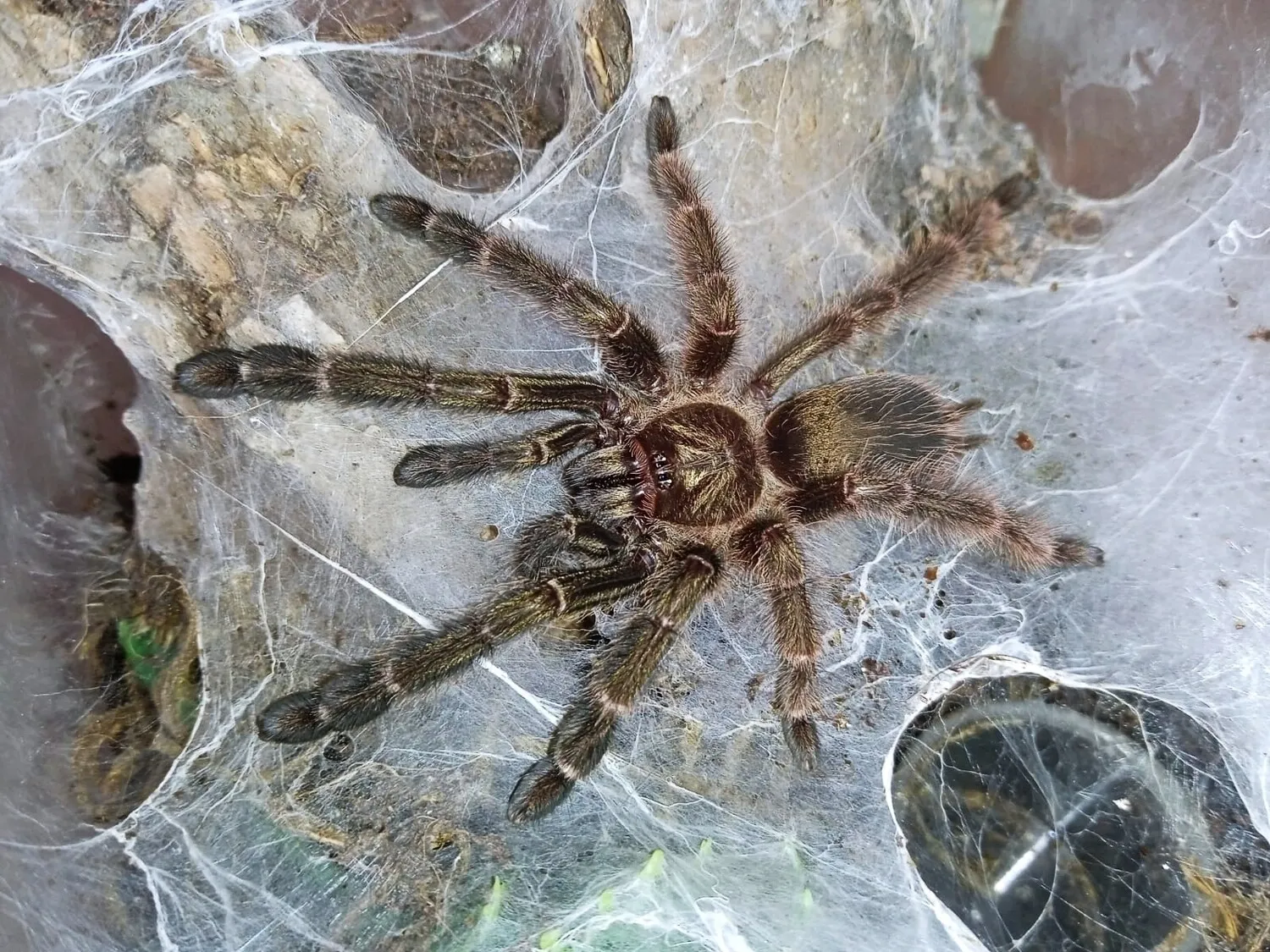
Handling an Orange Mouth Tarantula should be approached with caution and respect for the animal. While these tarantulas are not generally considered aggressive, they possess urticating hairs and can bite if provoked. Understanding safe handling practices is crucial to protect both yourself and your tarantula. Always prioritize the tarantula’s well-being and avoid unnecessary stress during handling. Handling should be kept to a minimum, and only undertaken when necessary, such as during enclosure maintenance or health checks. (Image: orange-mouth-tarantula-handling.webp)
Safe Handling Practices
If you must handle your Orange Mouth Tarantula, do so with care and gentleness. Approach the tarantula calmly, and avoid sudden movements. Use a soft brush to gently coax the tarantula onto your hand, if needed. Avoid placing your hand directly over the tarantula. Always handle the tarantula over a soft surface, such as a bed or a carpet, in case it falls. Wash your hands thoroughly before and after handling to remove any potential contaminants. Avoid handling after applying hand creams or lotions, and be mindful of any strong scents that might irritate the tarantula.
Recognizing and Avoiding Bites
Orange Mouth Tarantulas are generally docile, but they can bite if they feel threatened or are startled. To avoid being bitten, always handle the tarantula calmly and avoid quick movements. Be aware of the tarantula’s body language; a defensive posture such as raising its front legs or exposing its fangs, is a clear warning. Bites are not typically life-threatening, but they can be painful. If bitten, wash the area with soap and water and seek medical attention if necessary. Understand that it is better to avoid handling your tarantula whenever possible to minimize the risk of a bite, especially if you are a beginner. Recognize that sometimes it is better to observe the tarantula from a distance to avoid causing unnecessary stress.
Common Health Issues and Prevention
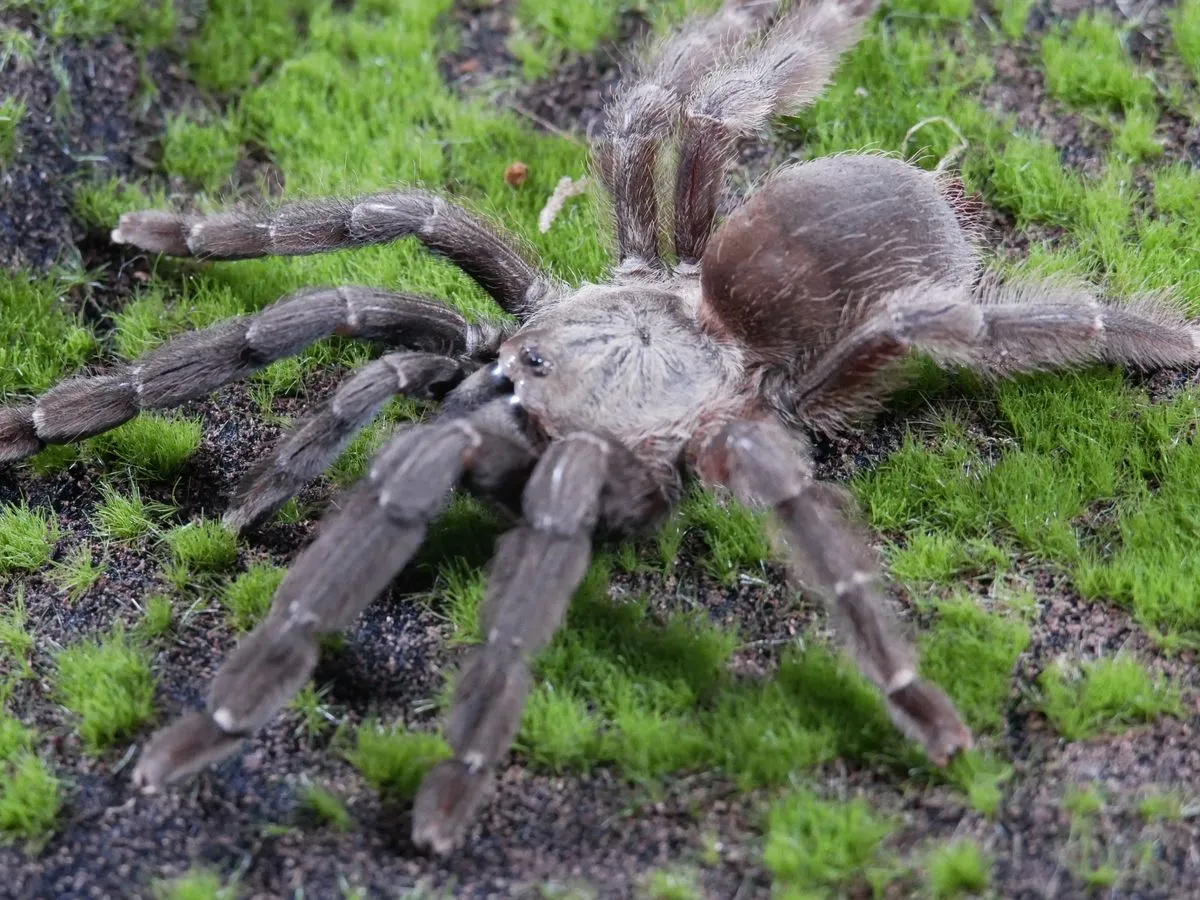
Like any pet, Orange Mouth Tarantulas can be susceptible to various health issues. Understanding these potential problems and knowing how to prevent and address them is crucial for ensuring your tarantula lives a long and healthy life. Regular monitoring of the tarantula’s behavior, appearance, and overall environment can help you identify any potential health issues early on. Early detection is key to effective treatment and can significantly improve the chances of a successful recovery. (Image: orange-mouth-tarantula-health.webp)
Shedding and Molting
Molting is a natural process where the tarantula sheds its exoskeleton to grow. During this period, the tarantula will typically stop eating and may become less active. It might also flip onto its back. Provide a stable, undisturbed environment and maintain appropriate humidity levels during molting. Avoid handling your tarantula during this vulnerable period. If the molting process seems to be taking an unusually long time or the tarantula is struggling to shed, consult an experienced tarantula keeper or veterinarian. A healthy molt is a sign of a thriving tarantula and indicates they are growing as expected. (Image: orange-mouth-tarantula-molting.webp)
Parasites and Diseases
Tarantulas can be susceptible to parasites and diseases, although they are relatively hardy. Common issues include mites, which can be introduced through new substrate or prey. Regularly inspect your tarantula for any signs of mites, such as small, moving specks on the body or in the enclosure. Maintaining a clean enclosure is key to preventing parasitic infestations. Bacterial infections can also occur if the enclosure is not kept clean. Ensure proper ventilation and remove any uneaten food or waste promptly. If you notice any unusual symptoms, such as lethargy, loss of appetite, or unusual spots on the tarantula’s body, consult an experienced keeper or veterinarian. A healthy environment minimizes the risk of diseases and parasites. (Image: orange-mouth-tarantula-spiderling.webp)
Breeding Your Orange Mouth Tarantula
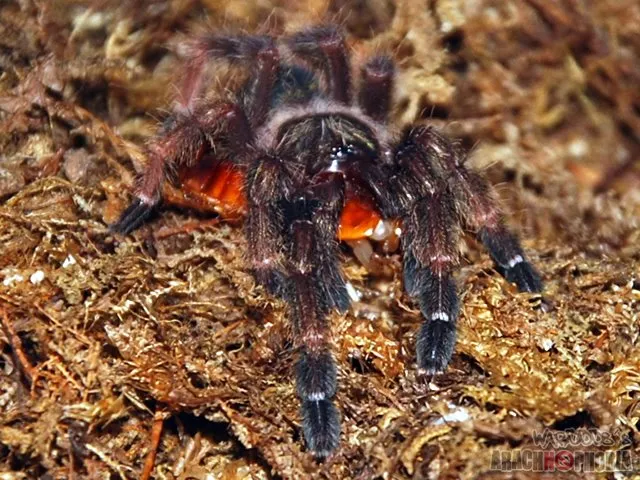
Breeding Orange Mouth Tarantulas is a rewarding but challenging process. It requires significant experience and knowledge of tarantula behavior and breeding cycles. If you’re considering breeding, it is essential to do thorough research and understand the specific needs of the species. Successfully breeding Orange Mouth Tarantulas requires providing the proper environment, including the correct temperatures, humidity levels, and the ability to sex your tarantulas. The process involves careful monitoring and management to increase the chances of successful mating and the production of healthy offspring.
Sexing Your Tarantula
Sexing your Orange Mouth Tarantula is essential if you plan to breed them. The most reliable method is to examine the tarantula’s molt. You can often determine the sex of the tarantula by inspecting the underside of the abdomen. Mature females will have a spermathecae, which is a sac-like structure, while males will have a different structure. Another method involves looking for the presence of tibial hooks on the male’s front legs. The presence of tibial hooks indicates a male. These are located on the front legs and are used to hold the female’s fangs during mating. Proper sexing is important because breeding requires a male and a female.
Mating and Egg Sacs
Mating involves introducing the male to the female’s enclosure. Carefully monitor the interaction, as females can be aggressive and may attack the male if they are not receptive. The male will use his tibial hooks to secure the female’s fangs. If successful, the female will lay eggs, which she will encase in a silk egg sac. The female will guard the egg sac until the spiderlings hatch. Remove the male after mating to avoid any risk. Providing the right conditions and ensuring the female is well-fed can increase the chances of a successful breeding cycle.
Raising Spiderlings
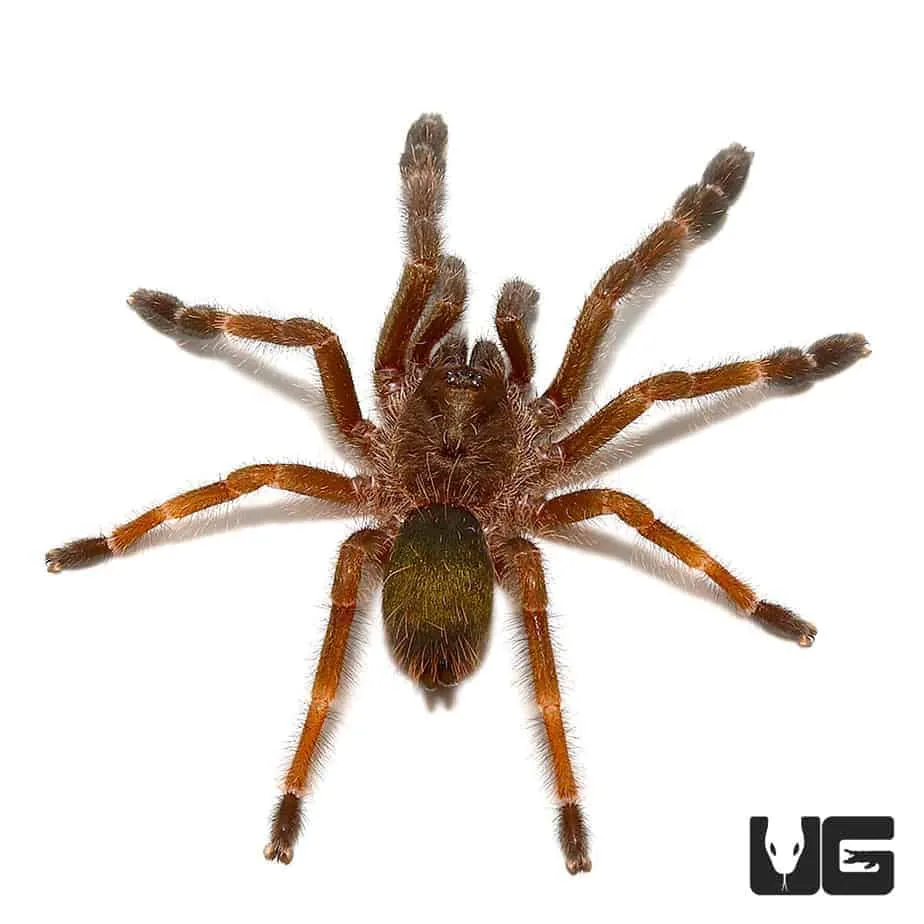
Raising spiderlings is a delicate and time-consuming process. Once the spiderlings hatch, they will need their own individual enclosures. Provide small enclosures with appropriate substrate and a water source. Feed the spiderlings tiny prey items, such as fruit flies or pinhead crickets. Monitor the spiderlings closely for any signs of health issues and ensure they have enough space to grow. Regularly check their molting progress, and increase the size of the prey and enclosure as they grow. Successful spiderling raising requires dedication, patience, and the ability to provide the right conditions for the young tarantulas to thrive. (Image: orange-mouth-tarantula-spiderling.webp)
